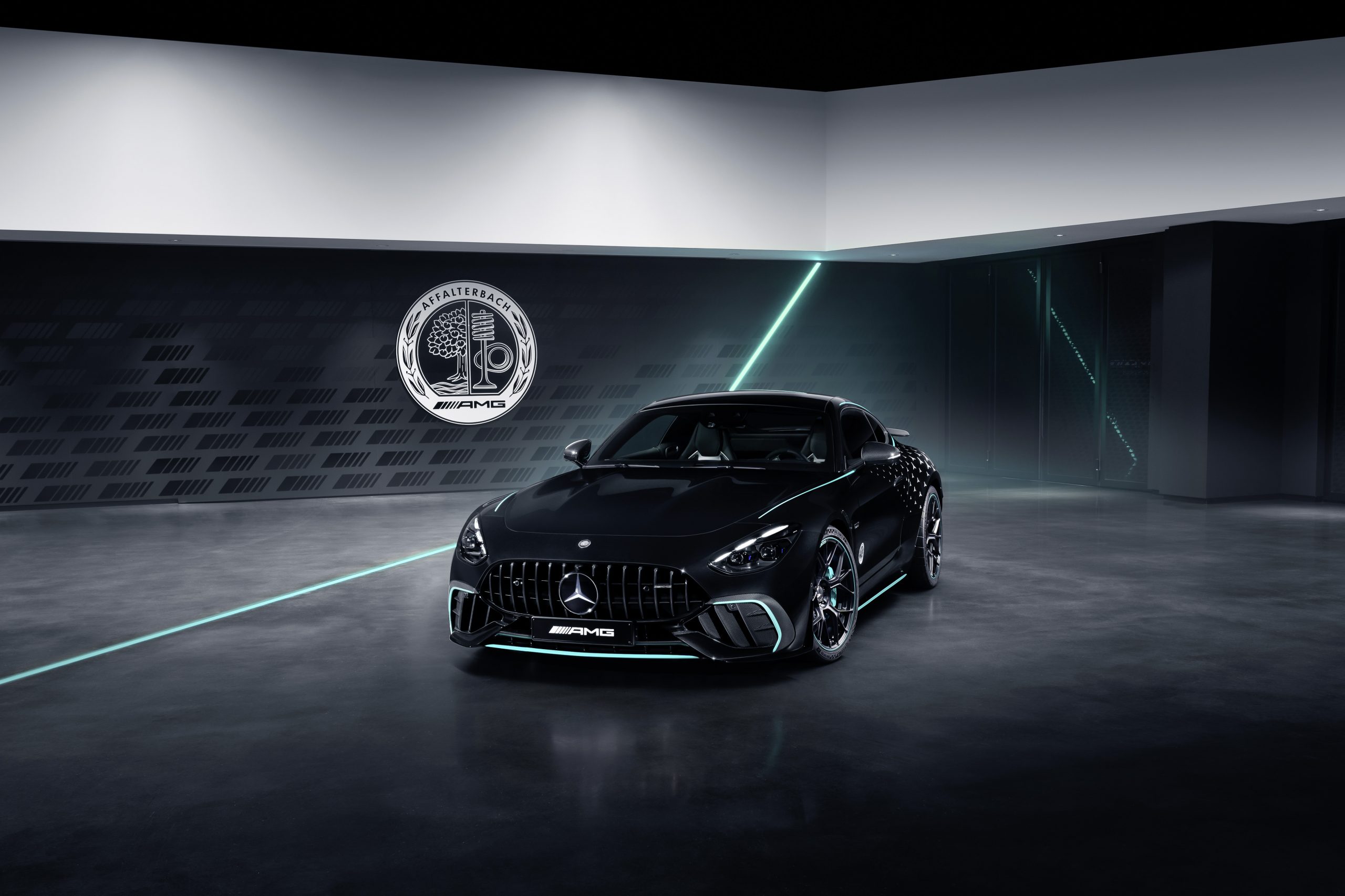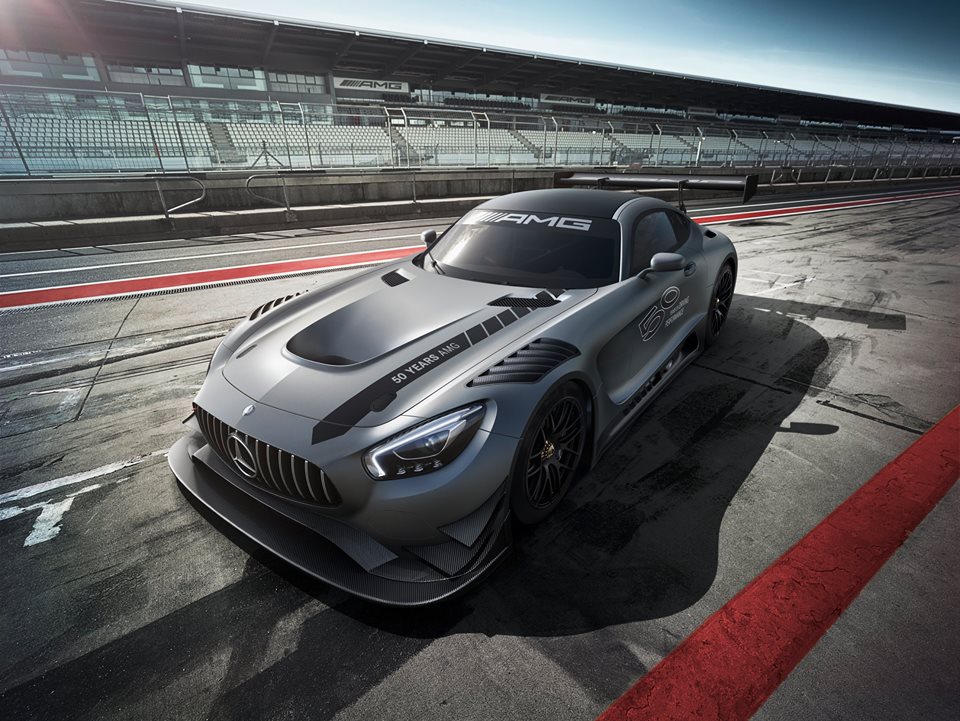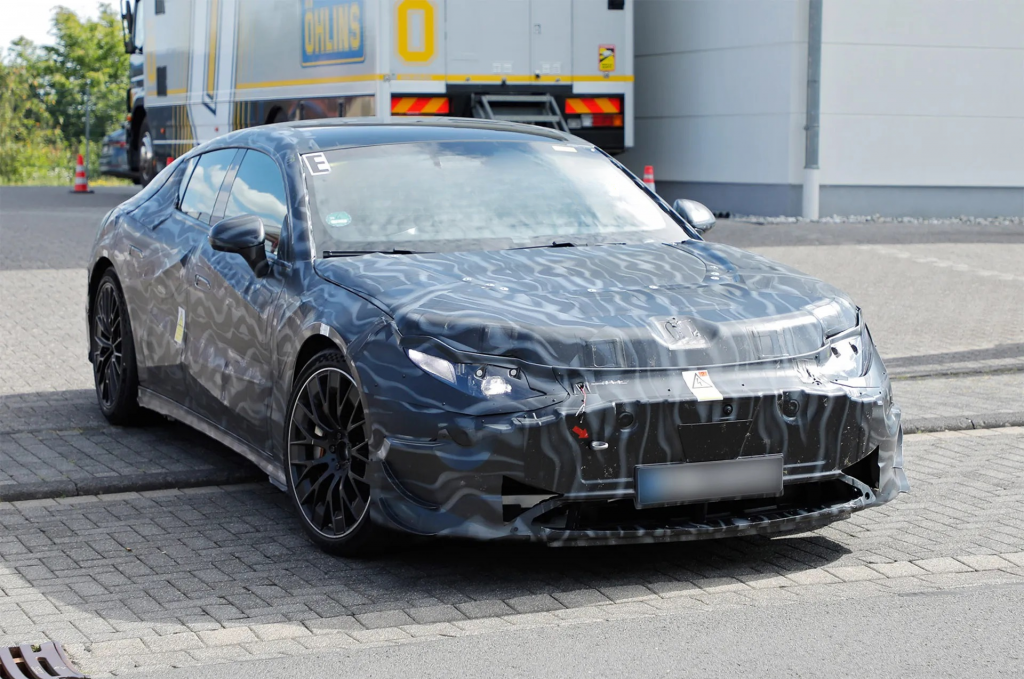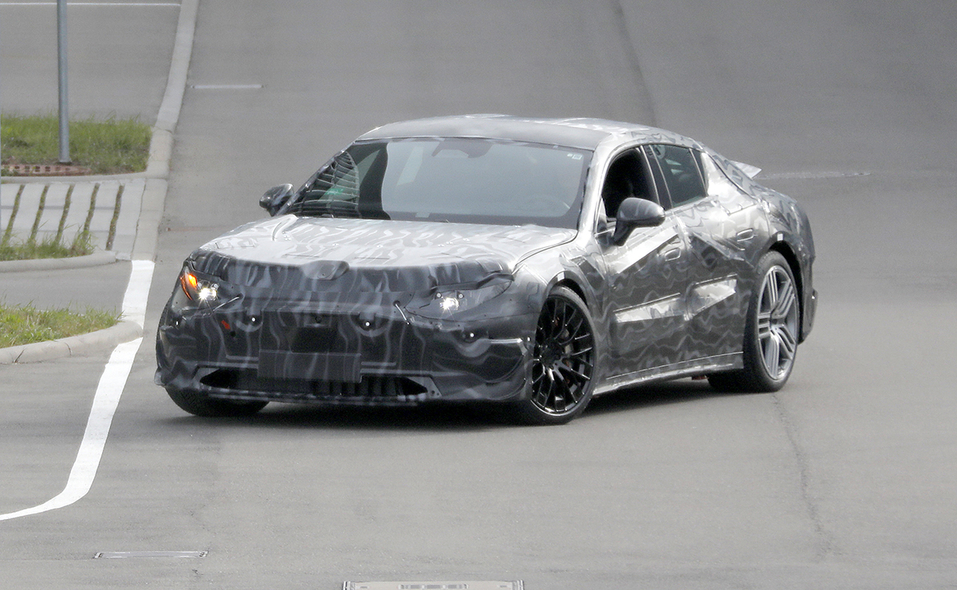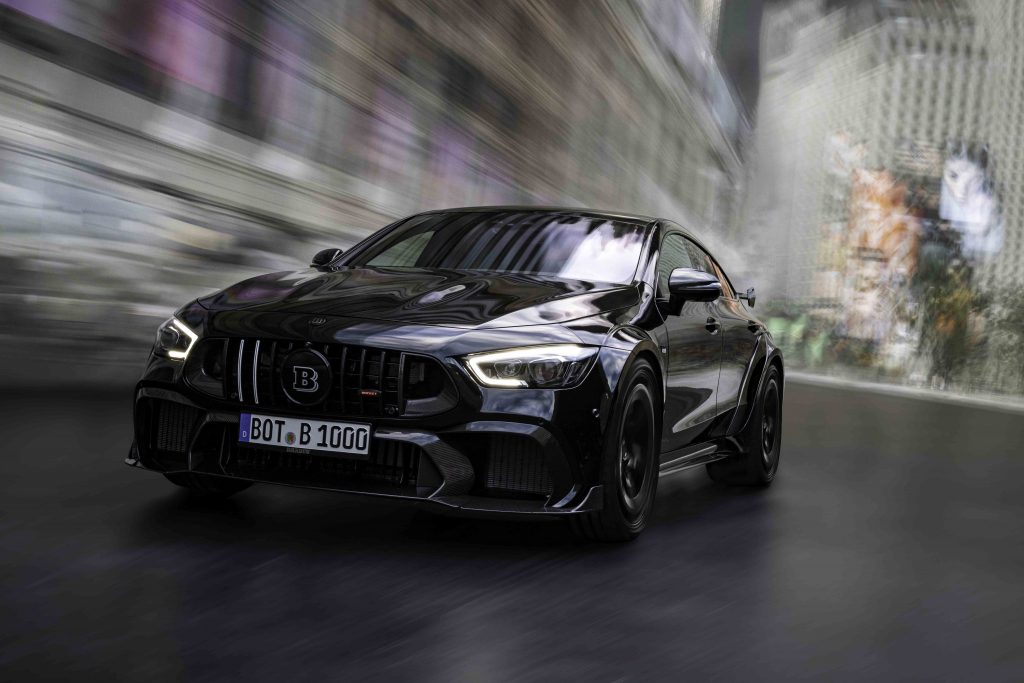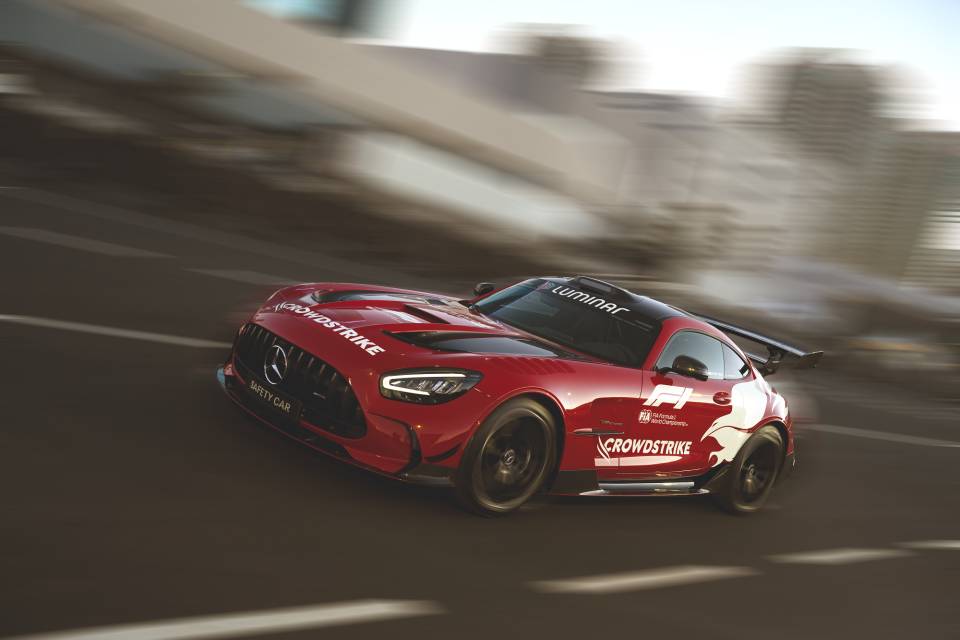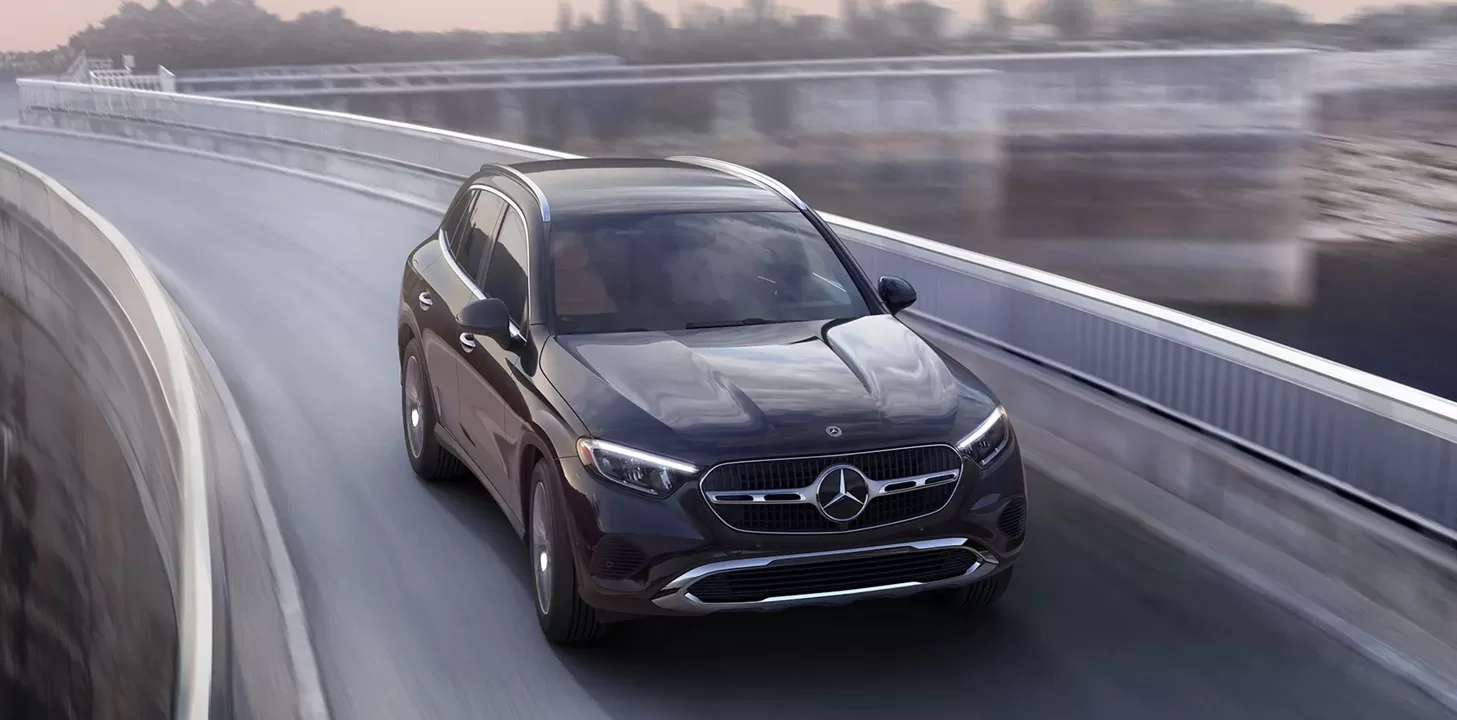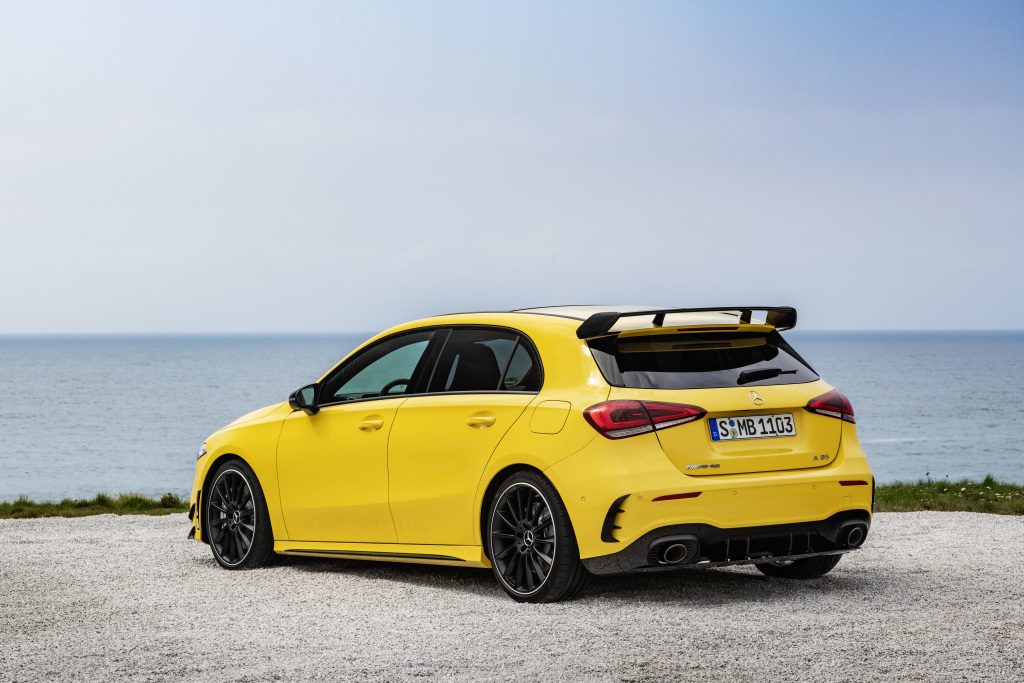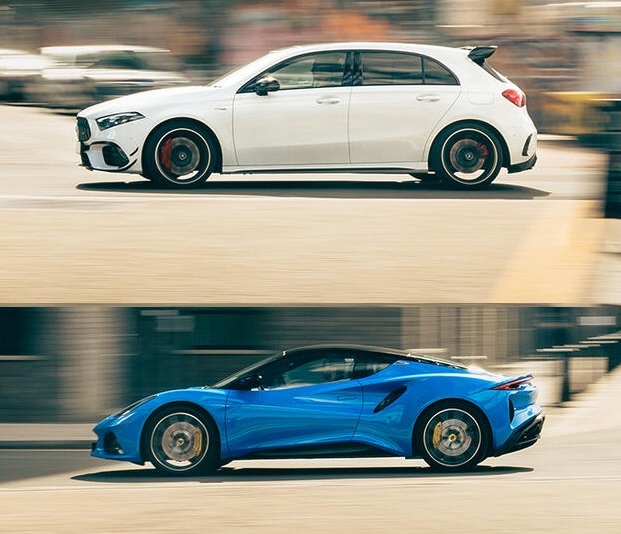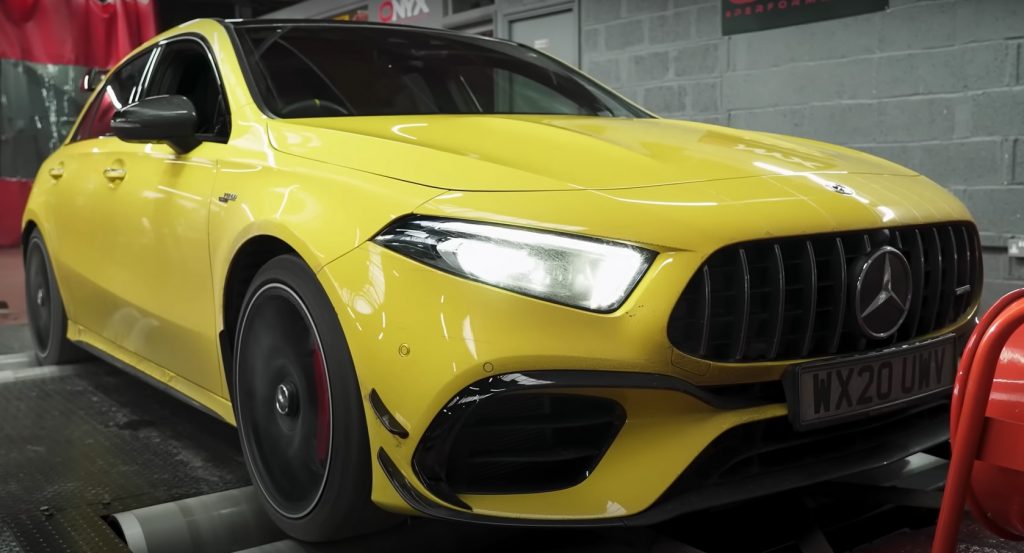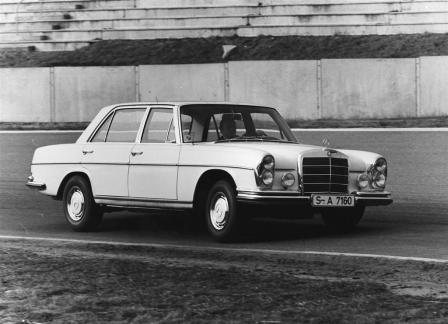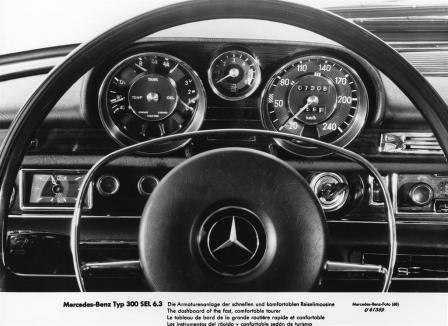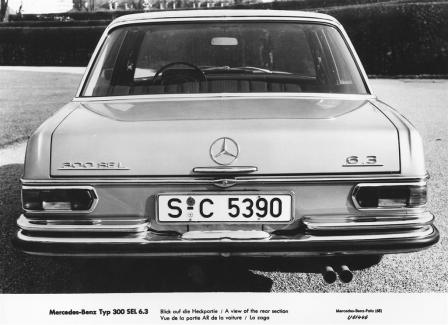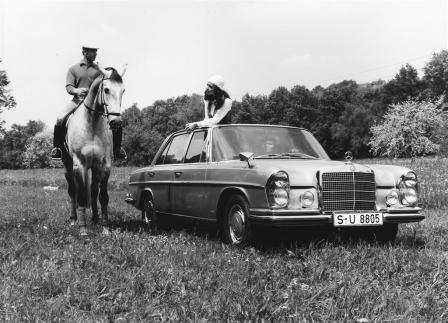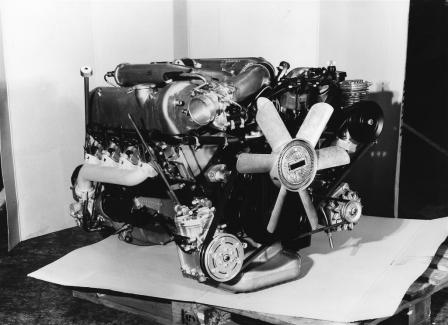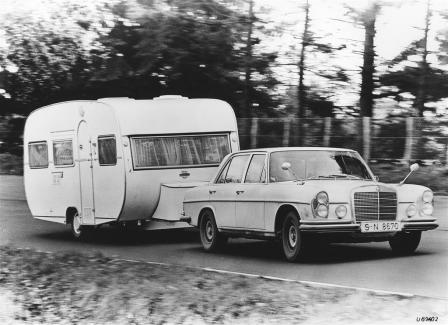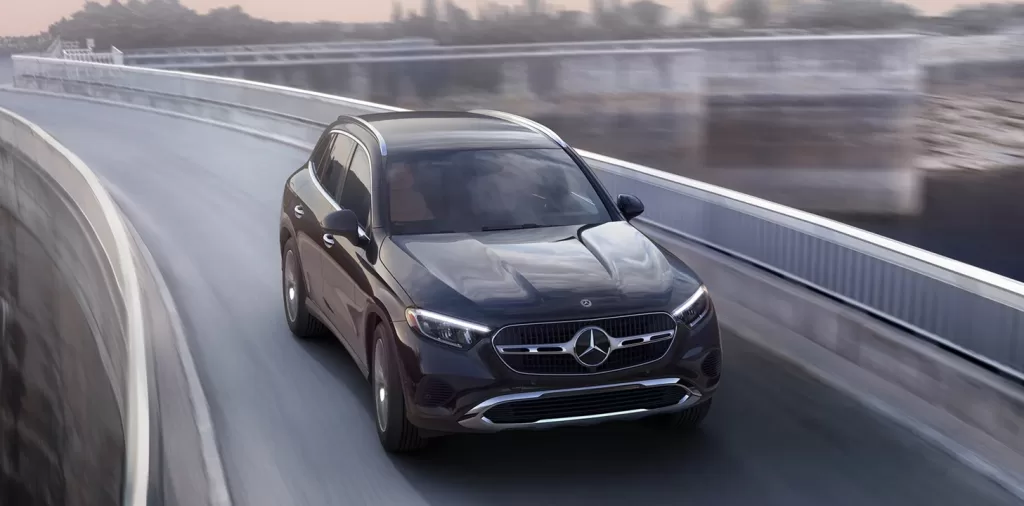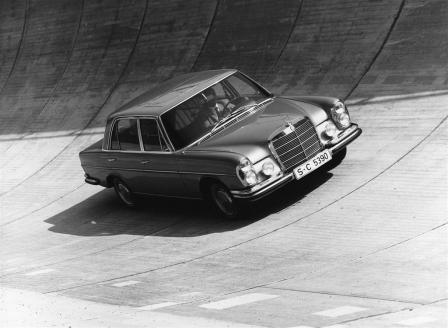
Just in time for the 78th International Auto Show in Geneva, we decided to highlight a vehicle that had its own debut at the 1968 Geneva Motor Show. This car is no other than the legendary Mercedes-Benz 300 SEL 6.3. The 300 SEL was a combination of the 109 series Type 300 SEL introduced in 1965 and the Type 600 ‘representation sedan’. Out of the latter came the 6.3-liter V8 engine and automatic transmission, whose 250 hp (184 kW) accelerated the new model from 0 to 100 km/h in 7.4 seconds and provided a top speed of over 220 km/h.
Continue reading about the 300 SEL 6.3
Such sporting high performance made it one of the world’s fastest series produced sedans, capable of standing shoulder to shoulder with such nimble sports cars as the Porsche 911 S or the Jaguar E-Type 4.2. The only clue as to car’s output was the discreet number combination 6.3, positioned to the right-hand side of the trunk lid, ordered by many customers for the “obsolete position”.
What made this car so interesting and desirable for the buyer with the necessary ready cash – in 1968 it cost around 40,000 DM – was its unobtrusiveness, its comfort and the quiet manner in which it transported its passengers on long-distance journeys.
Comfortable running gear featuring ride-height control
The bellows-type pneumatic suspension with anti-dive control from the basic 300 SEL was also put to good use in the 6.3. It guaranteed steady handling and a high degree of comfort and even boasted a ride-height control. The brakes were designed to match the elemental force of the drive system, having front and rear disks with interior ventilation.
The standard equipment of this unostentatious high-performance car was considered to be unusually comprehensive for the day: Electrically operated windows on all doors, vacuum-controlled central locking and a rev counter. It was the first Mercedes-Benz to use the wide, low-profile radial tires of the so-called “70 series”. Twin halogen headlamps for the first time featured on the front of the 300 SEL 6.3, combined with turn indicators, parking lights and additional long-distance beams.
That the car was also suited to sports use was proved by one of its creators, Erich Waxenberger, when in November 1969 he won the six-hours race at Macao. “Racing trim” for his 6.3 amounted to the removal of bumpers and chromium work.
An early missile from AMG
In 1971, AMG – the performance tuning company specializing in Mercedes-Benz – succeeded in developing 428 hp (315 kW) from an increased engine bore of 6.8 liter together with other highly efficient refinements. AMG unflinchingly entered their missile – fitted with appropriate racing tires – for the 24-hour touring car race at Spa-Francorchamps. Only a works Ford Capri beat them to the finish.
Surveys compiled among the sizeable readerships of the USA’s major motoring magazines put the 6.3 in first place ahead of Cadillac and Rolls-Royce in the luxury car category, conferring upon it the title “greatest sedan in the world”.
6526 units of this exclusive high-performance sedan were built in the years up to September 1972. But despite the great market success of the 6.3 there was no prospect of a large-displacement V8 model in the 116 series which followed, due principally to the oil crisis of 1973. Not until May 1975 did the company present a worthy successor – the 450 SEL 6.9 – a car that sublimely continued where its predecessor had left off.


